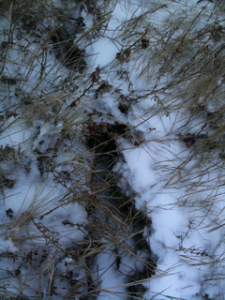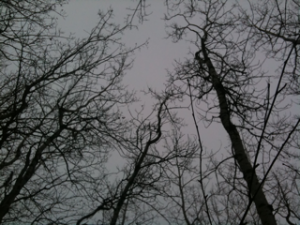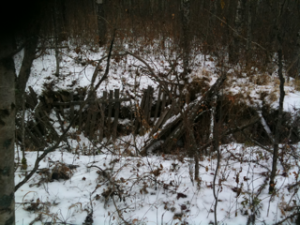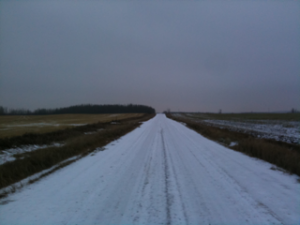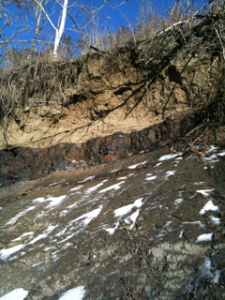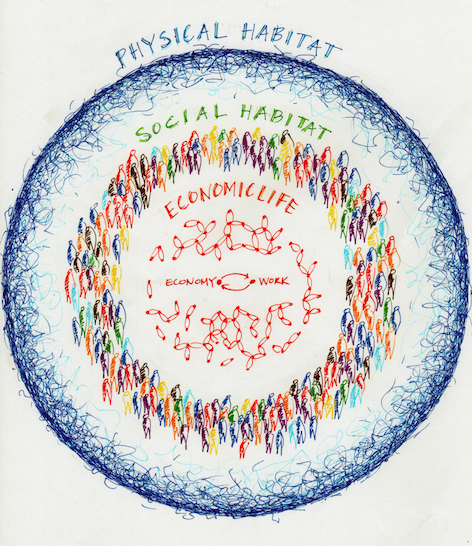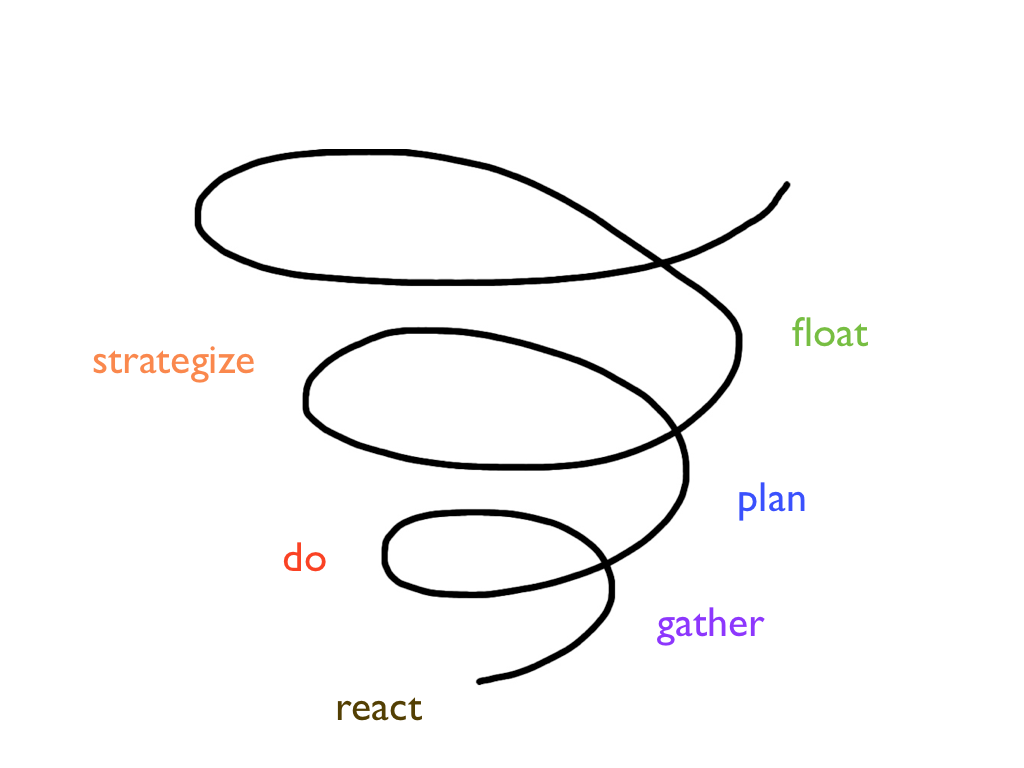Eventually we realize that not knowing what to do is just as real and just as useful as knowing what to do. Not knowing stops us from taking false directions. … If you think you know where you are, you stop looking. David Whyte, The Three Marriages (p. 131)
We do not seek out uncertainty, or not knowing – let alone purposefully explore it – because it seems to naturally lead to negative thoughts and feelings. If we choose to generate positive-feeling thoughts and beliefs about not knowing, what role would we give to uncertainty in our lives? What would we reveal?
Pondering these questions requires that we stop and listen, to our selves and our city. Noticing what we do not know is a start. Whyte notes that this is purposeful; it prevents us from taking false directions. Noticing what we do not know can be a reality check, keeping us aware of what we do not know when we make decisions, ensuring that we do have the information we need. Noticing what we do not know may lead to knowing more and making better decisions.
Noticing what we do not know may also compel the realization that we can not know more. In some instances, it is critical to know as much as possible before proceeding. In other instances it is not possible to know. I need to be certain that the brakes work on my vehicle, but I do not need to be certain of the route I will take to get my daughter to the mall for new jeans. I just need to know where I am going and have a few options.
In the longer term, it is less and less possible to know exactly what will happen. We live in a complex world where innumerable variables affect the future we create for ourselves. There are many instances where we may never know what we need to know to make decisions today. This is particularly acute as we organize our cities. We do not know what economic drivers will ensure our cities’ success. We do not know what the demographic trends of our cities will be in 40 years. We do not know where our energy infrastructure will look like in 40 years. We do not know if plague will reduce the human population dramatically. We do not know if we will be travelling in space in 40 years. There are innumerable questions as we look at our future that we can answer, but those answers are only placeholders in place of not knowing.
Our curiosity is a pathway into the learning journey we share in our cities. Our curiosity in what we do not know, whether it can be known or not, allows us to deepen our understanding in both our selves, others and our city habitats. To make wise decisions, and to live with not knowing when we can not know, we must be able to be well with self and others.
While not knowing makes us uneasy, we can use not knowing purposefully to:
- Notice what we do not know
- Notice if we need to know more
- Notice if we can know more
- Notice if we can not know more
- Notice the meaning in what we can not know
- Notice the learning in what we do not know
What do you notice?
_____ _____ _____
This post forms part of Chapter 4 – An Uneasy Journey, of Nest City: The Human Drive to Thrive in Cities.
Nest City is organized into three parts, each with a collection of chapters. Click here for an overview of the three parts of Nest City. Click here for an overview of Part 2 – Organizing for Emergence, chapters 4-7.
